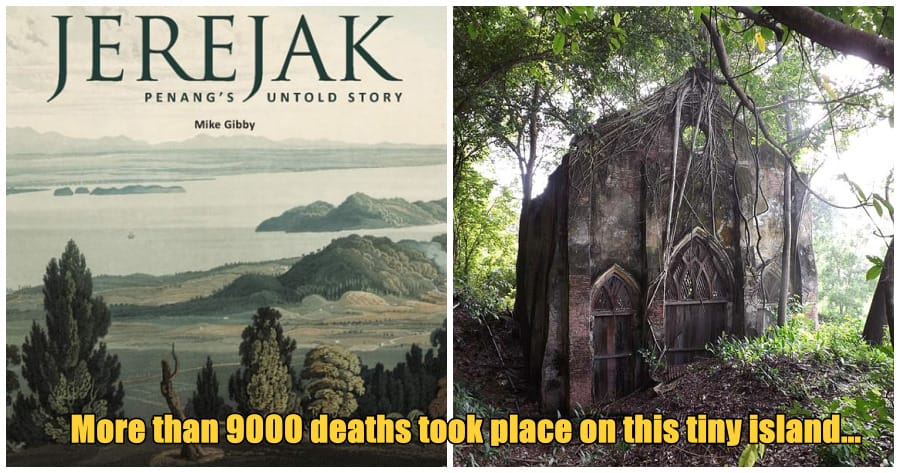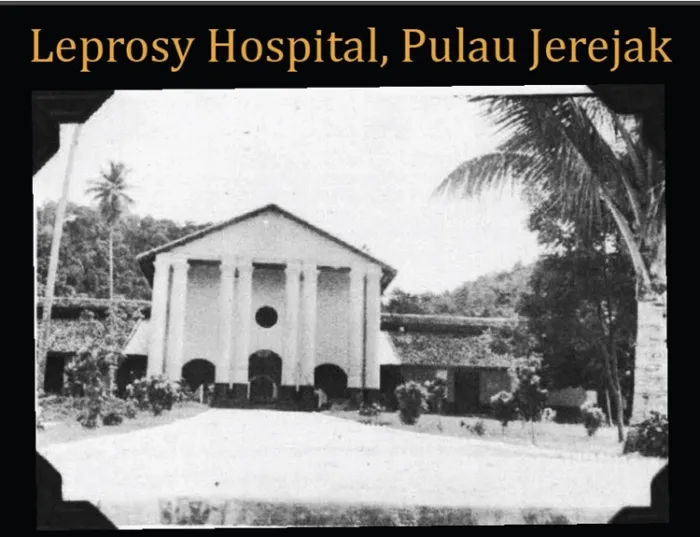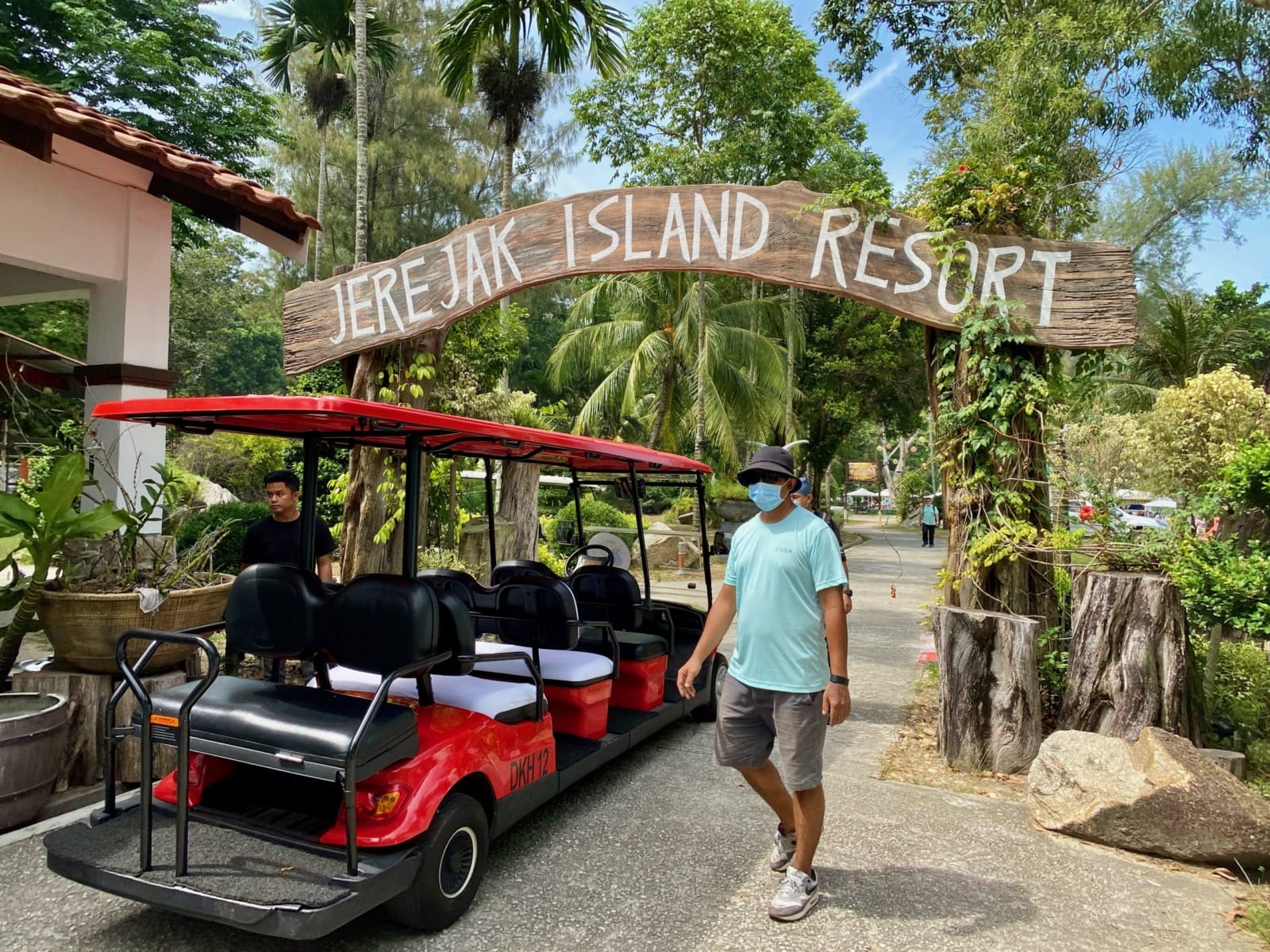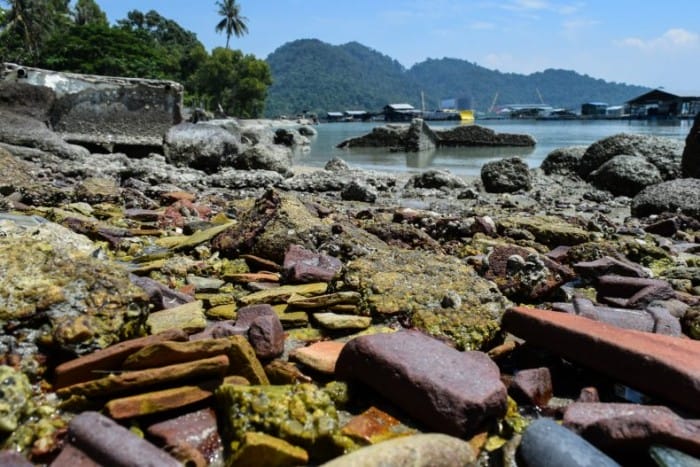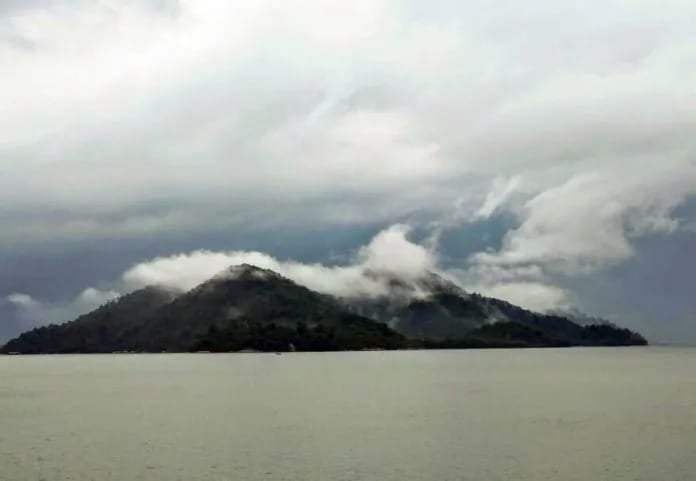With ? Halloween lurking just around the corner, we’ve decided to delve into the dark past of Pulau Jerejak, a tiny island off Penang’s coast. ?️?
There’s no better time to share hair-raising tales about things that go bump in the night, especially when Malaysians have a soft spot for eerie stories. ??
1. A Painful History of Leprosy and Tuberculosis ?
Back in the day, leprosy (a chronic infectious disease that mainly effects the skin, nerves, eyes and upper respiratory tract) was the monster under the bed, and anyone suspected of having it was swiftly exiled to places far from civilization.
Pulau Jerejak became a leper colony in 1886, housing more than 7,000 sufferers in its heyday. ?
As if leprosy wasn’t enough, tuberculosis joined the clan in 1948, with a sanatorium on the island’s southern shore. However, as medical knowledge advanced, the belief that leprosy was contagious through touch was debunked.
In 1969, the National Leprosy Control program was launched, and Jerejak’s lepers were transferred to Sungai Buloh, marking the end of this diseased era. But this was not without leaving many bodies that had succumbed to the diseases buried at the tiny island…
2. A Maximum-Security Prison for War Prisoners ?️
Before it became a “picturesque” destination, Pulau Jerejak also had a dark history as a prison. During World War II, it held Asian war prisoners. After the war, it became a prison for political dissidents and those arrested under the Emergency Ordinance (Public Order and Crime Prevention) 1969. This law allowed for detention without trial, painting a chilling picture of life on the island.
One can only imagine the gruesome stories of their torturous lives and treatment there…
In 1981 a riot broke out where inmates protested an extension of their sentences by partially demolishing prison buildings. It’s unclear how many prisoners died throughout the many long years this huge prison on this tiny island was in operation…
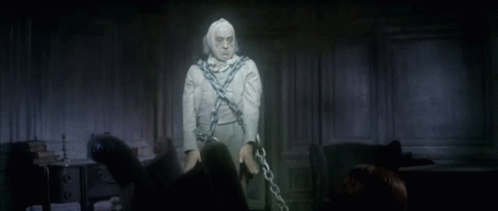
We wonder how many wandering souls still occupy the island..?
The prison finally closed its doors in 1993 as part of Penang’s development plans, and the remaining prisoners were transferred to Muar Correctional Facility in Johor.
3. More than 9000 deaths took place at Pulau Jerejak?
Of course all the previous factors then birthed a mass graveyard situated on the north-western and eastern side of Pulau Jerejak.
It is estimated that Pulau Jerejak has at least 5,332 graves (of varying religions), the most of which are those leprosy sufferers who have resided there over the years.
These are the last resting places of the “undesirables” in society during Malaya’s existence. ? Souls that most probably suffered during their dying days, the ill, condemned, misfits, and criminals.
We wonder how close these graveyards are to the island’s tourist destinations…?
4. Quarantine and Immigration Hub ?
Pulau Jerejak was more than just a leper colony and a prison; it also served as a ?quarantine station. From the 1870s until World War II, it played a critical role in filtering immigrants entering Malaya, quarantining 1.13 million people from various parts of the world, including the Indian subcontinent and China.
It was also a stopover for Malaysians returning from Mecca, where they were subjected to rigorous health checks before being released. The 1930s-1940s accounts tell of highly uncomfortable and painful steaming sessions, among other less-than-relaxing experiences.
Those classified as ‘third class’ passengers and open deck passengers aboard the SS Rajula departing from India in the 1950s were the only ones who had to spend time 6 days in quarantine at Pulau Jerejak…Those classified as first- and second-class passengers were exempted.
5. From Leprosarium to Tourist Resort ?
In an unexpected turn of events, Pulau Jerejak’s dark past gave way to a modern-day resort. In 2004, the Jerejak Rainforest Resort and Spa opened on the island, where the leprosarium once stood. However, it faced financial turmoil and was closed in 2016, causing a rift between conservationists and the state government.
Now the Penang state government makes continuous efforts to make this tiny island a tourist spot with several more plans to develop the land with residential units, a theme park, hotels, and more. The fate of this eerie island seems to be intertwined with its ongoing “modern” transformation.
But perhaps painting Pulau Jerejak as an island getaway destination dilutes it’s dark and deep past…
6. Trash Problems…
Despite it now being a tourist spot, the cracks of this unlikely development start to show. This island has a pretty dense forest as well where hikers travel to experience.
Tourists get a glimpse of abandoned buildings, remains of Pulau Jererjak’s deep history. As much as that sounds like an enriching time, hikers have also complained (as early as July of this year) of the a terribly dense illegal dumpsite of the island’s far side beaches.
A landfill isn’t so touristy now is it? Because the dumpsite was obviously a mosquito breeding ground ?, hikers who discovered the landfill were attacked by hundreds of mosquitoes as they struggled through it.
They noticed hundreds of empty fish feed bags and discarded fish cage nets among the trash mounds, clearly indicating that this area served as multiple floating fish farms’ garbage dump..
From its grim history to uncertain future, the island has a chilling aura. As Halloween approaches, why not plan a visit to this island of mysteries? ?
??️♂️ If you dare to venture to this eerie island, don’t forget your mosquito repellent and a flashlight during the must-try hike trail; you might just encounter more than you bargained for. ?
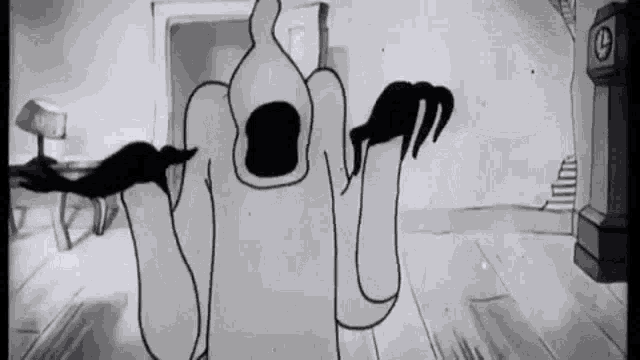
We hope you’ve enjoyed our journey into the spooky side of Pulau Jerejak. Share your thoughts and let us know about other ghostly places you’d like us to uncover.
Also Read: 11 Classic Malaysian Horror Movies to Watch With Friends to Get into the Halloween Spirit!

